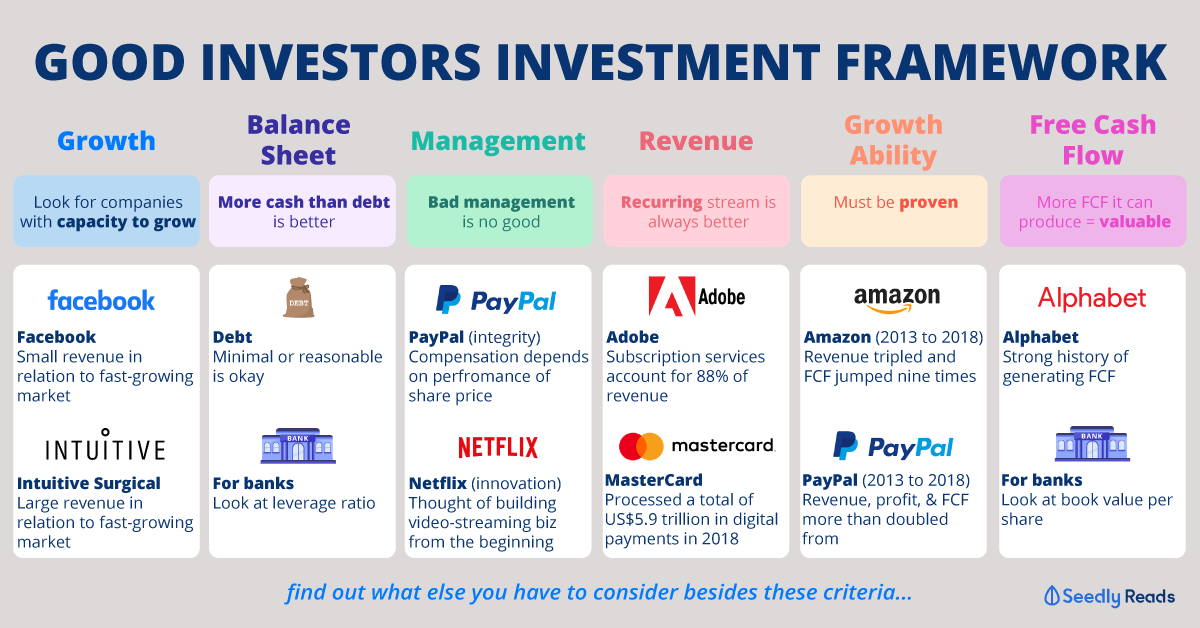The main difference between a top-down and a bottom-up approach is that in a top-down approach, investors focus on the "big picture" or how the overall economy, geopolitical considerations, politics and macroeconomic factors drive the markets,, affecting different industries and ultimately the stock prices.
In a bottom-up approach, analysts will examine the fundamentals of a stock and that is largely independent of the market trends. The main focus of a bottom up approach is to ascertain the performance of a specific company vis-a-vis its peers in the same industry, through looking at some key financial metrics such as its financial ratios, cash flows, balance sheet, revenue and management.

If one is investing in an asset class that is highly correlated to macroeconomic factors (like currencies or government bonds), then using a top-down approach may be more effective. However, for value-investing and for investors looking to stay invested for the long term, a bottom-up approach would be more appropriate.











The main difference between a top-down and a bottom-up approach is that in a top-down approach, investors focus on the "big picture" or how the overall economy, geopolitical considerations, politics and macroeconomic factors drive the markets,, affecting different industries and ultimately the stock prices.
In a bottom-up approach, analysts will examine the fundamentals of a stock and that is largely independent of the market trends. The main focus of a bottom up approach is to ascertain the performance of a specific company vis-a-vis its peers in the same industry, through looking at some key financial metrics such as its financial ratios, cash flows, balance sheet, revenue and management.
If one is investing in an asset class that is highly correlated to macroeconomic factors (like currencies or government bonds), then using a top-down approach may be more effective. However, for value-investing and for investors looking to stay invested for the long term, a bottom-up approach would be more appropriate.